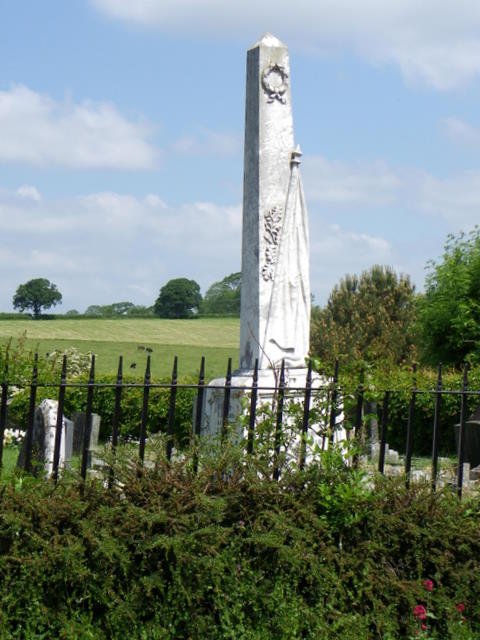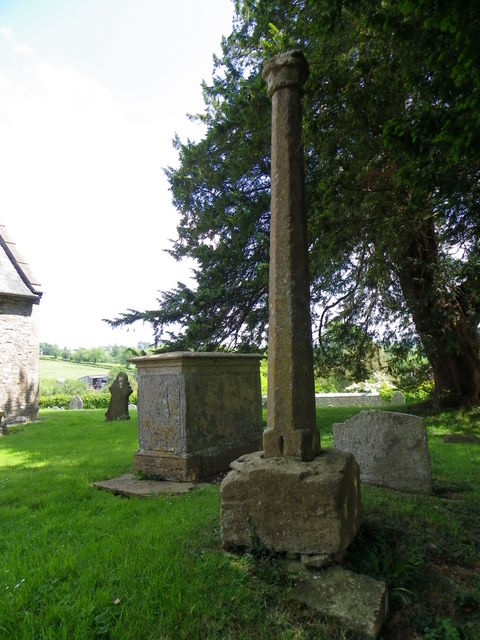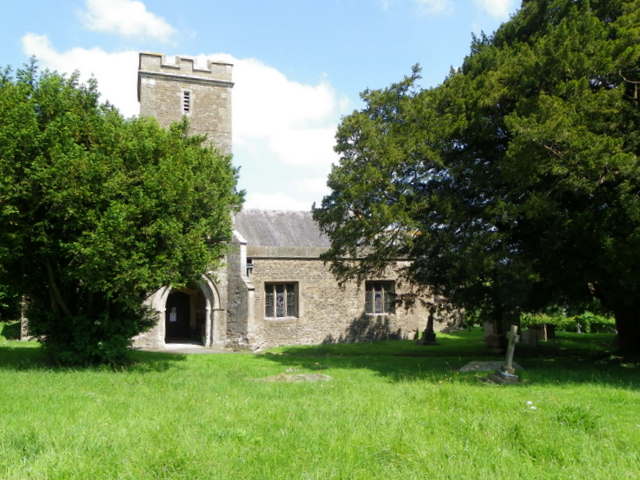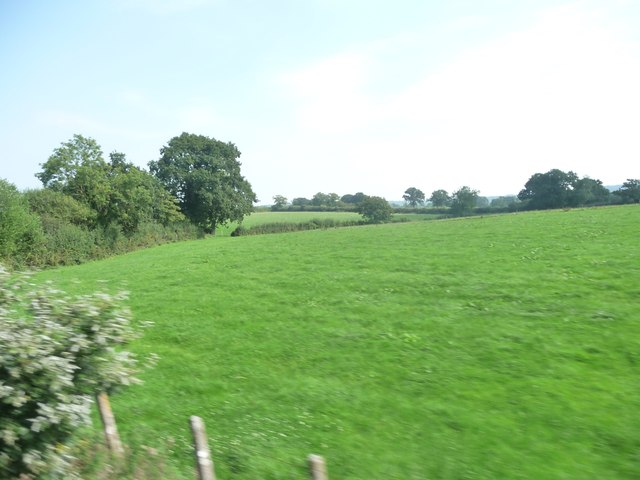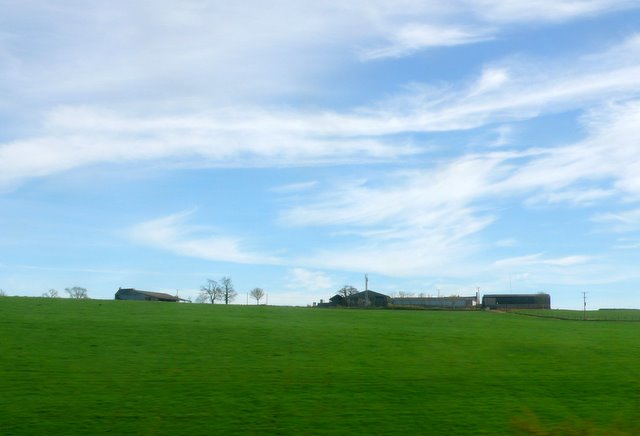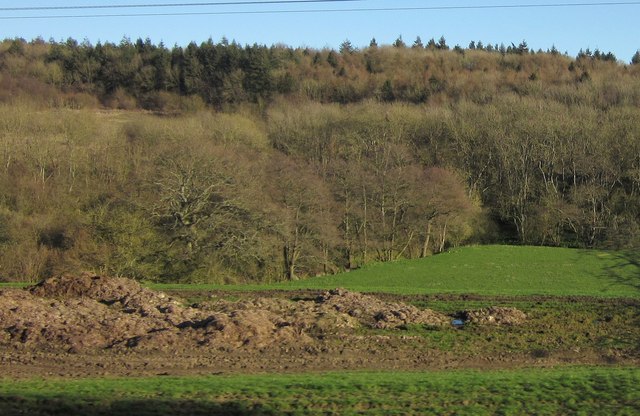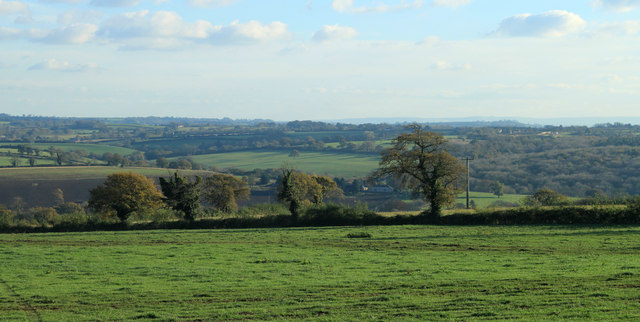South Brewham
Settlement in Somerset South Somerset
England
South Brewham
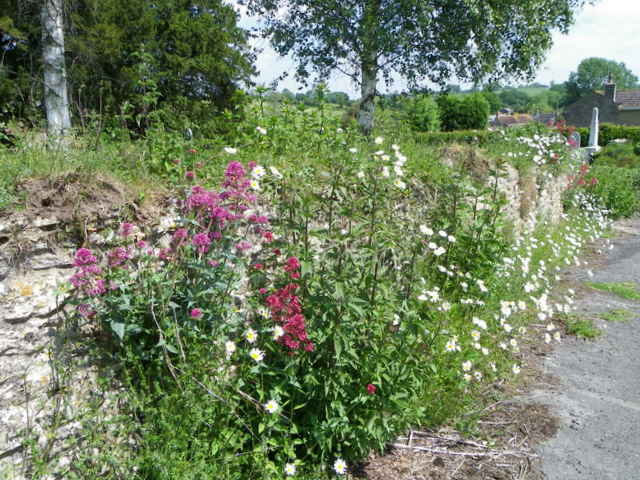
South Brewham is a small village located in the county of Somerset, England. Situated about 5 miles east of the town of Bruton, it falls within the administrative district of Mendip. The village is nestled in a picturesque rural setting, surrounded by rolling hills and lush green fields.
With a population of around 200 residents, South Brewham maintains a close-knit community atmosphere. The village is known for its charming and well-preserved traditional stone cottages, which add to its quaint and idyllic character. The architecture reflects the village's long history, dating back to the medieval period.
The village is home to St. John the Baptist Church, a Grade II* listed building, which stands as a prominent landmark. The church, dating back to the 13th century, features beautiful stained glass windows and a unique octagonal spire.
South Brewham benefits from its proximity to the surrounding countryside, offering ample opportunities for outdoor activities such as hiking, cycling, and horse riding. The village is also within easy reach of the Cranborne Chase Area of Outstanding Natural Beauty, a designated protected landscape known for its diverse wildlife and scenic landscapes.
While South Brewham does not have its own school or shops, it benefits from easy access to amenities in nearby towns such as Bruton and Frome. The village holds regular community events and gatherings, fostering a strong sense of unity among its residents.
Overall, South Brewham offers a peaceful and picturesque setting, ideal for those seeking a tranquil rural lifestyle amidst the beauty of the Somerset countryside.
If you have any feedback on the listing, please let us know in the comments section below.
South Brewham Images
Images are sourced within 2km of 51.123155/-2.404632 or Grid Reference ST7136. Thanks to Geograph Open Source API. All images are credited.
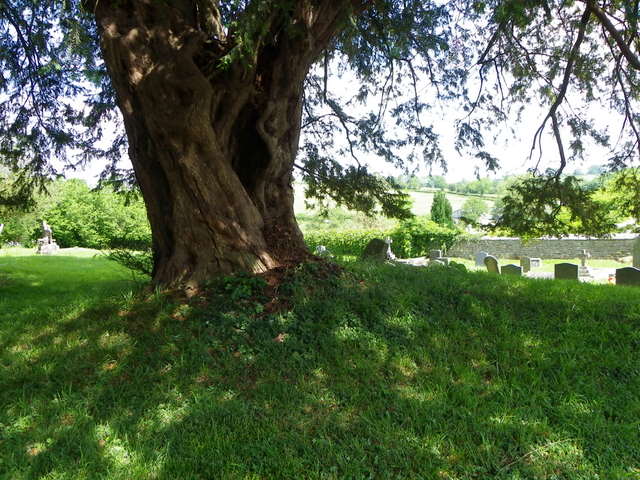
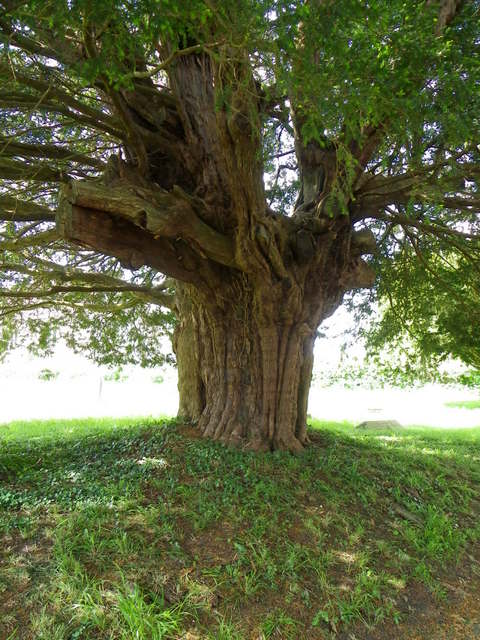
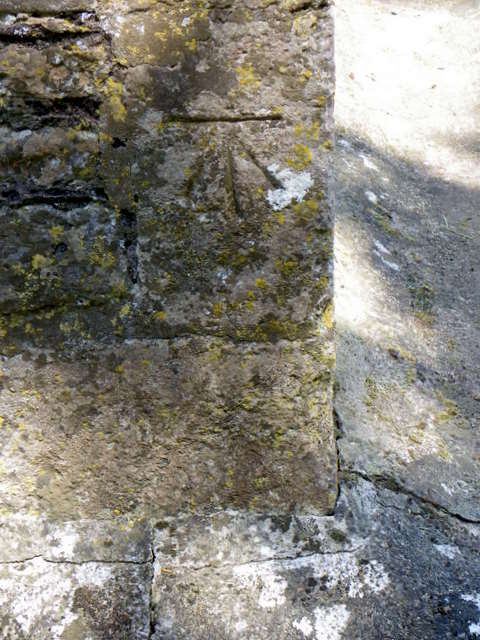
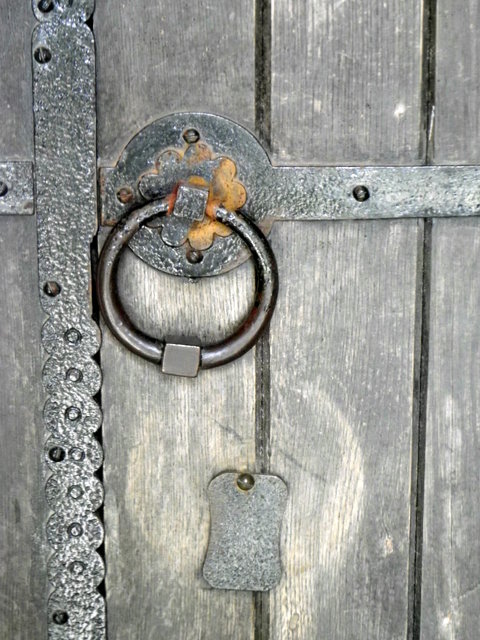
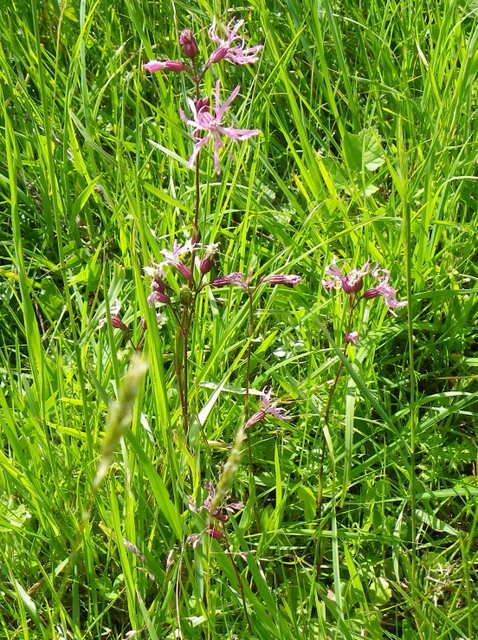
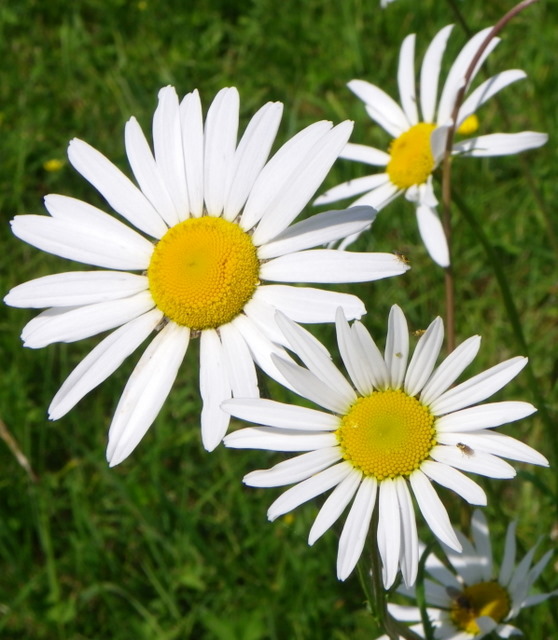
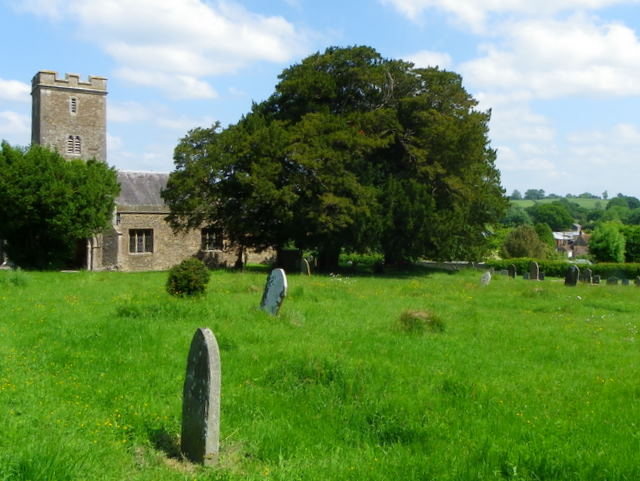
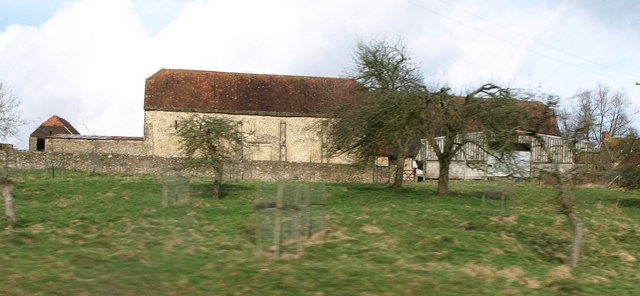
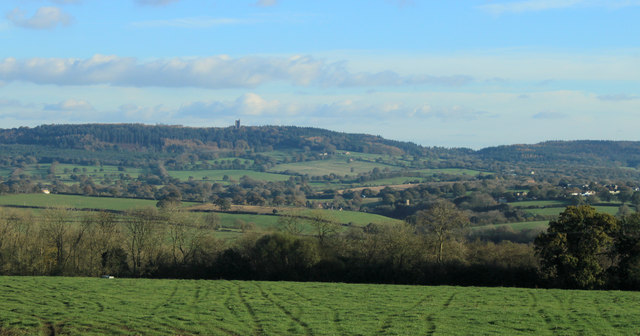
South Brewham is located at Grid Ref: ST7136 (Lat: 51.123155, Lng: -2.404632)
Administrative County: Somerset
District: South Somerset
Police Authority: Avon and Somerset
What 3 Words
///caravan.teaching.meatball. Near Redlynch, Somerset
Nearby Locations
Related Wikis
Church of Saint John the Baptist, South Brewham
The Anglican Church of Saint John the Baptist in South Brewham, within the English county of Somerset, has 13th-century origins, however the current building...
Brewham
Brewham is a civil parish in Somerset, England, consisting of the villages of North Brewham and South Brewham, on either side of the river in the Brue...
Cogley Wood
Cogley Wood (grid reference ST703345) is a 60.7 hectare biological Site of Special Scientific Interest east of Bruton in Somerset, notified in 1987. The...
Redlynch, Somerset
Redlynch is a village and former manor in the civil parish of Bruton, in the South Somerset district of Somerset, England. The 18th-century church and...
King Alfred's Tower
Alfred's Tower is a folly in Somerset, England, on the edge of the border with Wiltshire, on the Stourhead estate. The tower stands on Kingsettle Hill...
North Brewham Meadows
North Brewham Meadows (grid reference ST743379) is an 8.9 hectare (21.9 acre) biological Site of Special Scientific Interest at North Brewham in Somerset...
Nozarego
Nozarego is a village in the commune of Santa Margherita Ligure in Liguria, Italy. It is a natural terrace over the Bay of Tigullio. Here there is the...
Bruton railway cutting
Bruton Railway Cutting is a 1.7 hectare geological Site of Special Scientific Interest at Bruton in Somerset, notified in 1971. The geology exposed in...
Nearby Amenities
Located within 500m of 51.123155,-2.404632Have you been to South Brewham?
Leave your review of South Brewham below (or comments, questions and feedback).
